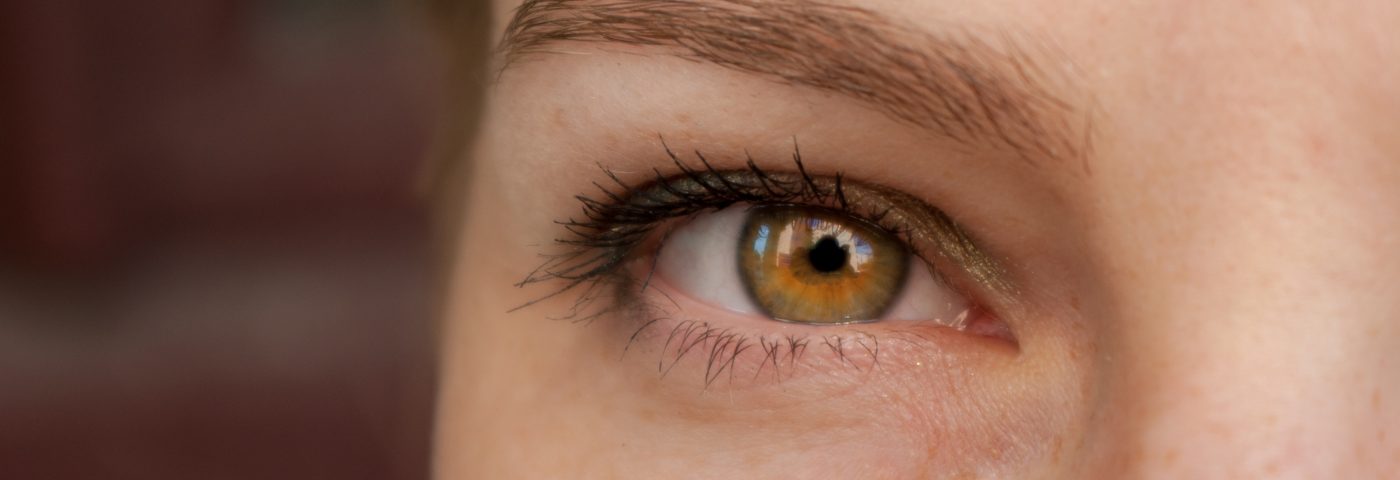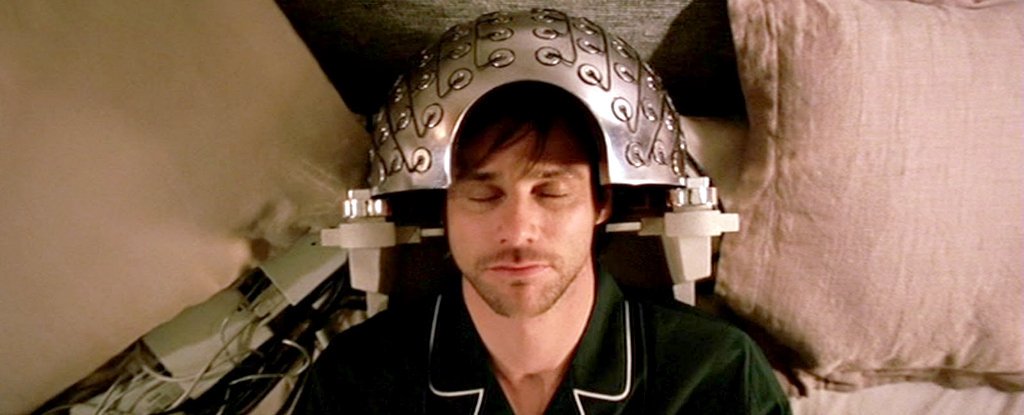A group of scientists in Los Angeles at Cedars-Sinai Medical Center and NeuroVision Imaging, a firm located in Sacramento, California, have designed a retinal imaging structure that might permit early discovery of Alzheimer’s disease.
One of the characteristics of Alzheimer’s disease is the buildup of a protein named beta-amyloid in the brain. There are various methods to check levels of beta-amyloid in the nervous system, comprising imaging techniques, such as positron emission tomography, and cerebrospinal fluid analysis. On the other hand, these methods are expensive and invasive, indicating that they are inappropriate to assess disease progression for routine screening.
“We are aware that Alzheimer’s starts as many as 10 Years or 20 Years prior to cognitive decline turns out to be evident, and we think that potential therapies might be more effectual if they can be begun prematurely in the procedure. Hence, early detection and screening might be essential to our attempts to turn the tide against the developing danger of this demoralizing disease,” claimed Keith Black, to the media in an interview. Black is a researcher who was comprised in the study.
The group designed a new technique to sense in the retina the presence of beta-amyloid protein by utilizing a sophisticated image-processing software and particular ophthalmic camera to perform fluorescence imaging. The method is much less invasive as compared to other techniques of measuring concentrations of beta-amyloid and might end up assisting extremely in the battle against Alzheimer’s. “As the central nervous system has many of the characteristics of the brain, the a developmental consequence of the system to the retina might provide an exceptional chance for us to conveniently and easily monitor and detect Alzheimer’s disease,” claimed Black.
In a latest study, posted in journal JCI Insight, the group performed out a small clinical test to see if they can recognize in the retina the presence of beta-amyloid using the method. They discovered an average 4.7 x rise in the retinas of patients the presence of beta-amyloid with Alzheimer’s, indicating the method might be helpful to monitor those who already have the disease or to discover persons at risk of it.
###











